The Essence of Gabbeh Rugs
Understanding Gabbeh Rugs
Gabbeh rugs are a unique and cherished category of Persian rugs that have captured the hearts of carpet enthusiasts around the world. These handwoven treasures originate from the nomadic tribes of Iran, particularly the Qashqai people.
Gabbeh, which translates to "raw" or "unfinished" in Farsi, aptly describes the distinct charm of these rugs.
At the heart of Gabbeh rugs lies a captivating simplicity. These rugs are celebrated for their unpretentious beauty, characterized by irregular shapes, bold geometric patterns, and a rich spectrum of earthy tones. They are a direct reflection of the weaver's emotions and experiences, making each Gabbeh rug a unique piece of art.
Gabbeh rugs typically feature thick, plush piles, making them incredibly soft underfoot. This luxurious texture is a result of the fine hand-spun wool used in their creation. These rugs are a testament to the skill and craftsmanship of Iranian artisans.
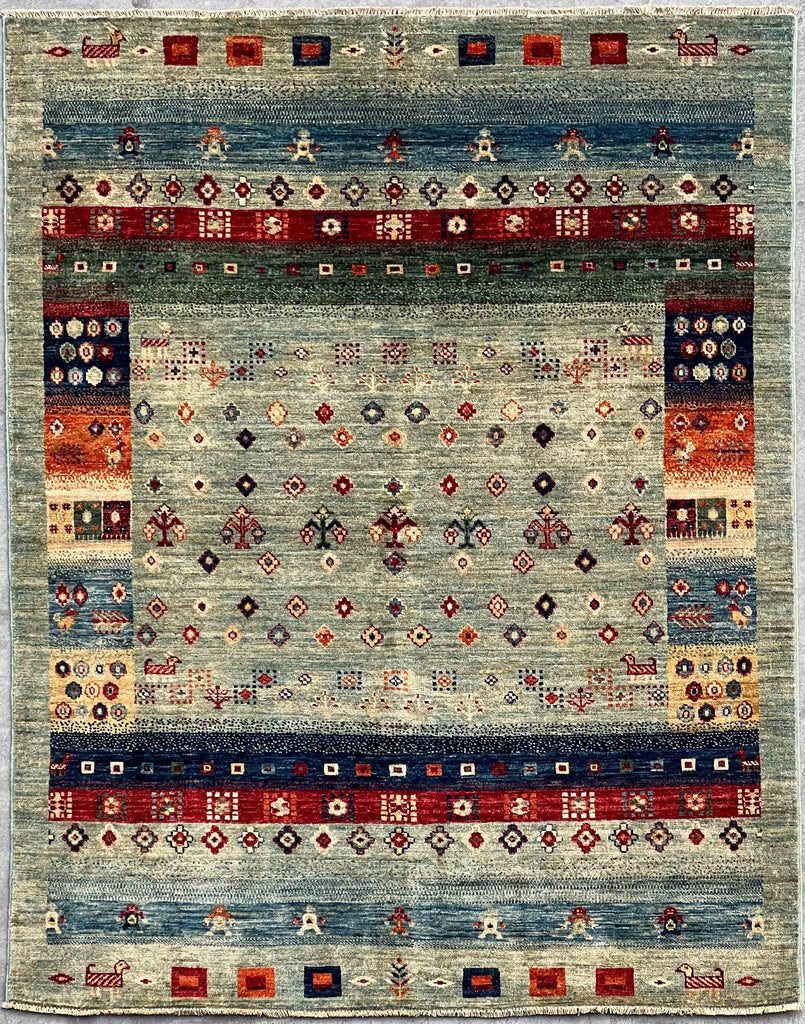
The Rich History of Gabbeh Rugs
Tracing the Origins
The history of Gabbeh rugs is deeply intertwined with the nomadic lifestyle of the Qashqai people. These tribes, residing in the mountainous regions of southwestern Iran, have been weaving Gabbeh rugs for centuries. The tradition has been passed down through generations, preserving the authenticity and cultural significance of these rugs.
Artistic Expression
Gabbeh rugs are not merely floor coverings; they are a form of artistic expression. The weavers infuse their life experiences, beliefs, and emotions into each rug's design. This results in a wide range of motifs, including animals, plants, and geometric shapes, each holding symbolic value within the tribe's culture.
The use of vibrant colours and abstract patterns reflects the Qashqai people's connection to nature and their nomadic lifestyle. These rugs tell stories, share traditions, and offer a glimpse into the soul of a community.
Joe Rugs - Carpet Expert
Hello! I'm Joseph Rugs, the founder of CarpetJoe.com and your guide through the intricate world of carpets. Born and raised in London with a deep-rooted passion for art and culture, I've explored the globe to bring the rich tapestry of carpet weaving right to your screen. My academic background in arts and humanities from Oxford has fuelled my curiosity, leading me to uncover the stories behind every knot and weave. As a family man, my adventures are shared with my loved ones, enriching our lives with every piece of art we encounter. Join me as we explore the beauty and craftsmanship of carpets together.
The Making of Gabbeh Rugs
Craftsmanship and Technique
Creating a Gabbeh rug is a labor-intensive process that requires exceptional skill and precision. The weavers use a combination of hand-spun wool and natural dyes, following traditional techniques that have been perfected over generations.
One of the distinguishing features of Gabbeh rugs is their thick pile, which is achieved by using a high knot count. The Qashqai weavers tie the knots by hand, resulting in a dense and luxurious texture that is highly sought after.
Design Diversity
Gabbeh rugs are known for their design diversity. While many feature geometric patterns and tribal motifs, there is also a wide range of abstract designs. Some Gabbeh rugs are minimalist, with simple patterns, while others are vibrant and intricate.
The diversity in design is a reflection of the weaver's creativity and personal expression. Each rug tells a unique story, making Gabbeh rugs a captivating choice for collectors and enthusiasts.
The Popularity of Gabbeh Rugs
Global Appeal
In recent years, Gabbeh rugs have gained significant popularity on the global stage. Their unique and artistic designs, combined with their exceptional craftsmanship, have made them sought-after pieces of home decor.
Interior designers and homeowners alike appreciate the versatility of Gabbeh rugs. Whether placed in a modern, minimalist setting or a more traditional environment, these rugs add a touch of elegance and cultural richness to any space.
Investment Value
Beyond their aesthetic appeal, Gabbeh rugs have also become valuable investments. Collectors and rug enthusiasts recognize the rarity and cultural significance of these rugs, driving up their market value. A well-preserved Gabbeh rug can appreciate in value over time, making it both a functional and financially wise choice.
Common Types or Rugs
Each type of Oriental rug has its unique charm and story, making them more than just a luxury item; they are a piece of their country's cultural legacy. Collectors and enthusiasts of Oriental and Persian rugs appreciate them not only for their aesthetic appeal but also for their cultural, historical, and artistic significance.
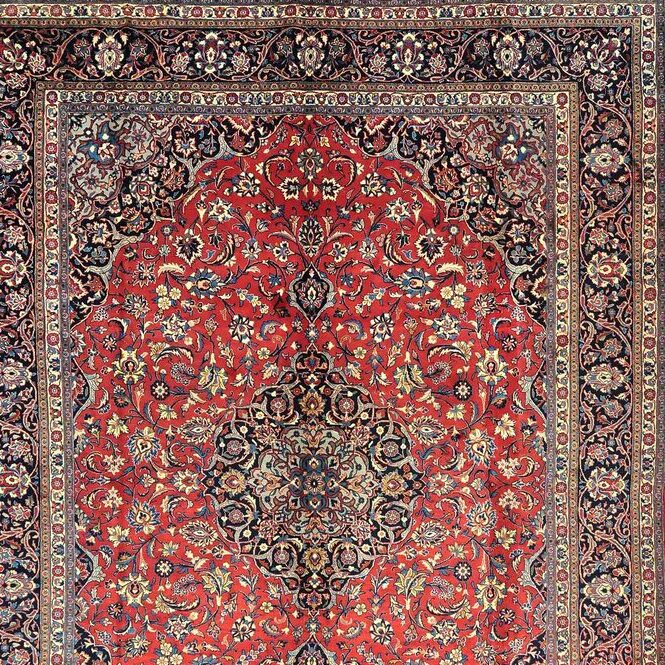
Persian Rugs
Originating from what is now modern-day Iran, Persian rugs are celebrated for their unparalleled craftsmanship and enduring beauty.
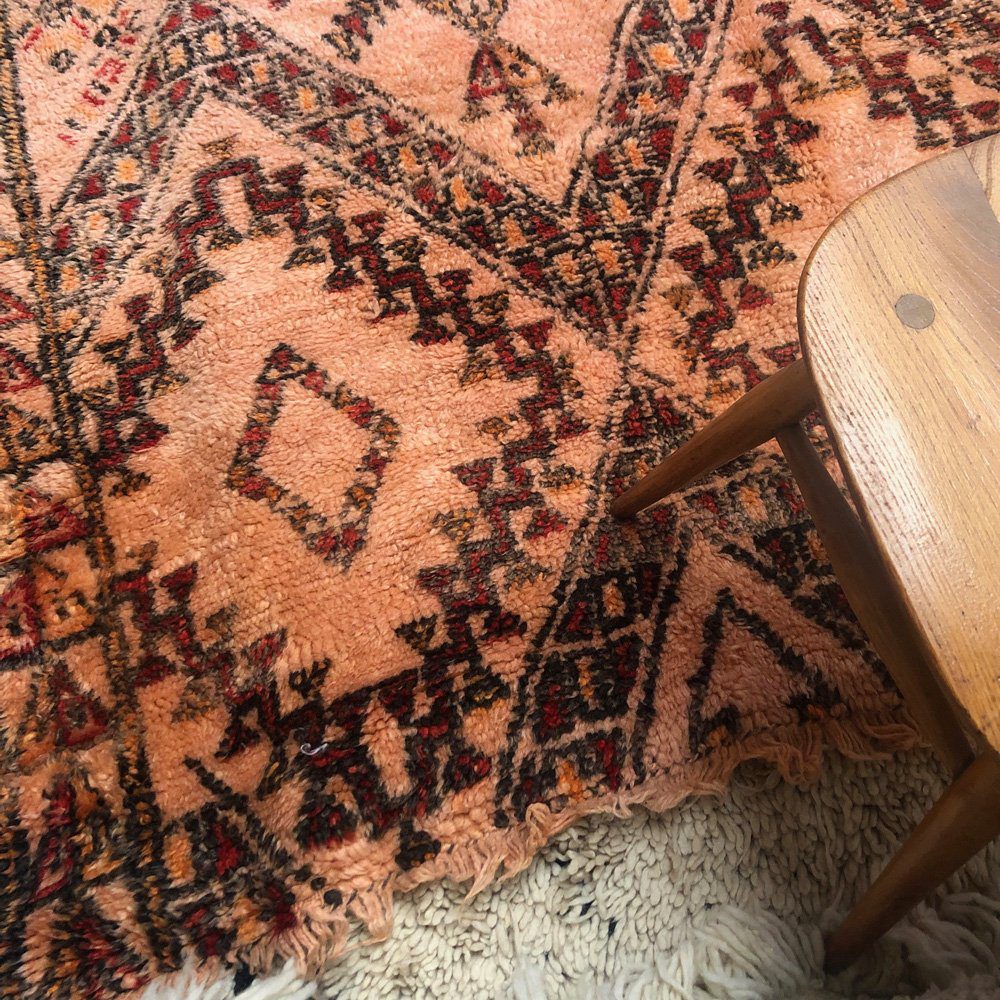
Berber Rugs
Originating from the Berber tribes of North Africa, particularly Morocco, this type of carpet is renowned for its rugged texture and resilient nature.
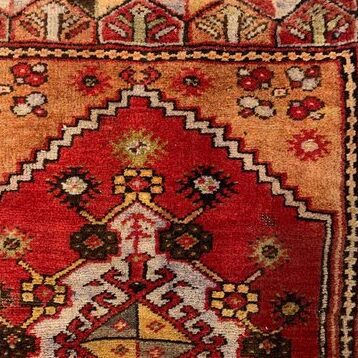
Turkish Rugs
Turkish rugs have a legacy steeped in history and artistry, and have always been a symbol of exquisite craftsmanship and cultural significance.
Carpet Care & Maintenance
Rug Cleaning Mastery and Solutions to Common Damages
Understanding the proper techniques for rug cleaning is essential for maintaining their beauty and longevity. Regular vacuuming is a key step in preventing dust and dirt accumulation. However, deeper cleaning methods, such as steam cleaning or dry cleaning, are necessary for removing stubborn stains and embedded dirt.
Steam cleaning, or hot water extraction, is particularly effective for thorough cleaning and sanitizing.
For delicate rugs, dry cleaning with special powders or solvents is advisable.
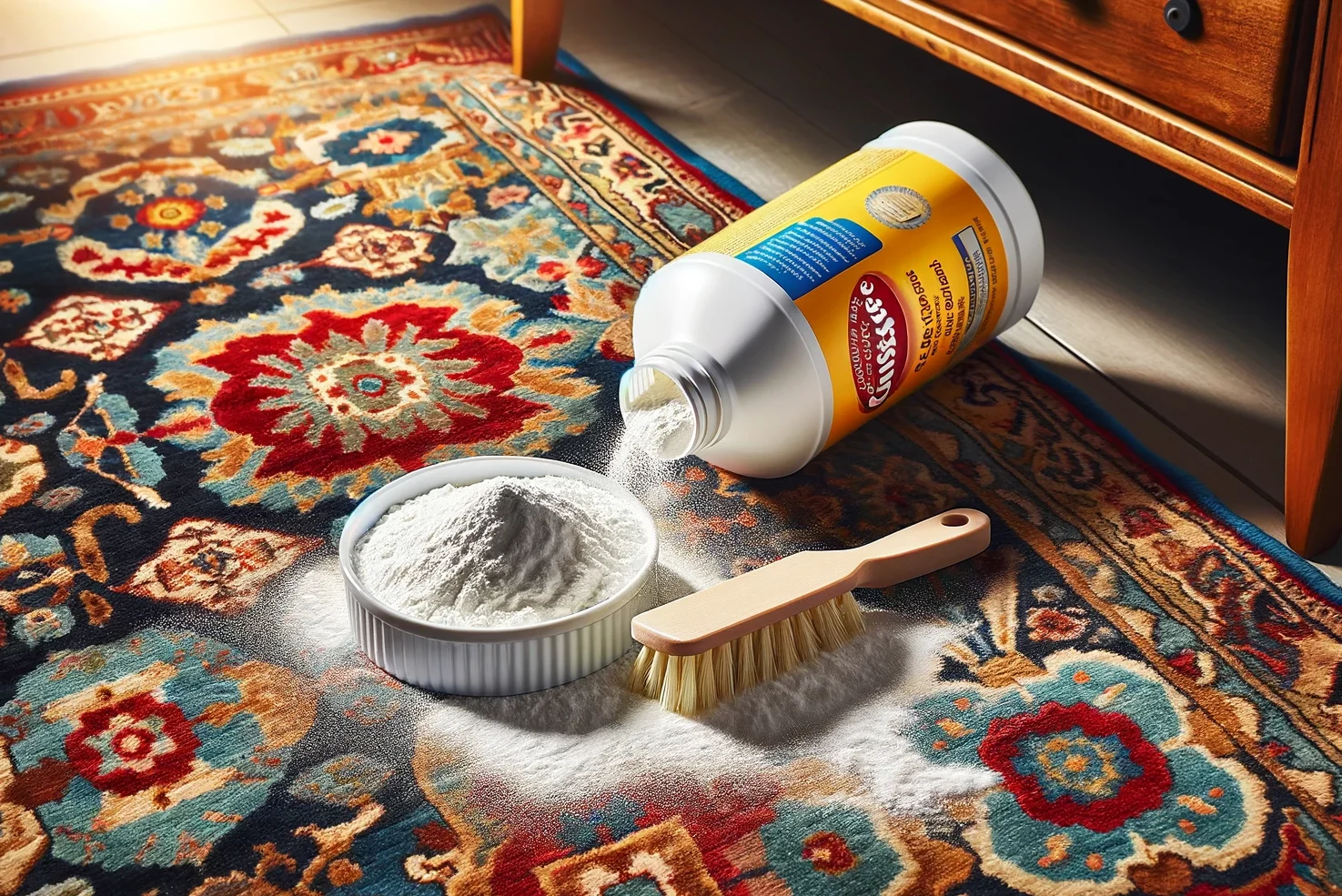
Homemade Flea Treatments for Carpets
Homemade flea treatments for carpets offer a natural and cost-effective alternative to commercial products. Read More →
Frequently Asked Questions
A Gabbeh rug is a unique and cherished category of Persian rugs. The term "Gabbeh" translates to "raw" or "unfinished" in Farsi, perfectly describing the distinct charm of these rugs. Gabbeh rugs originate from the nomadic tribes of Iran, particularly the Qashqai people. They are celebrated for their unpretentious beauty, characterized by irregular shapes, bold geometric patterns, and a rich spectrum of earthy tones. These rugs are handwoven using fine hand-spun wool, resulting in a thick and luxurious pile.
Gabbeh rugs are not just floor coverings; they are a form of artistic expression, reflecting the weaver's emotions and experiences.
Gabbeh rugs are created through a labor-intensive process that requires exceptional craftsmanship. Skilled weavers from the Qashqai tribes use hand-spun wool and natural dyes to bring these rugs to life. One of the defining features of Gabbeh rugs is their thick pile, achieved through a high knot count. Each knot is tied by hand, resulting in a dense and plush texture.
The designs of Gabbeh rugs vary widely, from geometric patterns to abstract motifs, showcasing the weaver's creativity and personal expression. These rugs are a testament to the rich cultural heritage of the Qashqai people and their nomadic lifestyle.
Persian rugs often symbolize the cultural, historical, and artistic heritage of Iran. The motifs and patterns in these rugs can represent a variety of themes, including prosperity, happiness, and stories from Persian folklore. They are also seen as symbols of luxury and sophistication, reflecting the artistic skill and tradition of the Persian weavers.
Cleaning a Gabbeh rug requires gentle care to preserve its beauty and quality. Here are some steps to clean a Gabbeh rug effectively:
- Regular Vacuuming: Use a vacuum cleaner with a brushless suction head to remove loose dirt and dust. Vacuum in the direction of the rug's pile.
- Spot Cleaning: For minor spills or stains, blot the area immediately with a clean, dry cloth. Avoid rubbing, as it can push the stain deeper into the fibres.
- Professional Cleaning: It's advisable to have your Gabbeh rug professionally cleaned every few years. Professional cleaners have the expertise to deep clean and protect the rug's colours and fibres.
- Avoid Excessive Moisture: Gabbeh rugs are sensitive to moisture, so avoid soaking them. If the rug gets wet, gently blot it and allow it to air dry completely.
- Rotate the Rug: To prevent uneven wear, rotate the rug periodically.
The history of Gabbeh rugs is deeply intertwined with the nomadic lifestyle of the Qashqai people in southwestern Iran. These tribes have been weaving Gabbeh rugs for centuries, passing down the tradition through generations. Gabbeh rugs are a form of artistic expression, with weavers infusing their life experiences, beliefs, and emotions into the designs.
The motifs on Gabbeh rugs range from animals and plants to geometric shapes, each holding cultural and symbolic significance. These rugs are not just pieces of decor; they are a testament to the Qashqai community's identity and heritage.
A Persian Gabbeh refers to a Gabbeh rug originating from Iran, specifically the nomadic tribes of the country. While the term "Gabbeh" is often associated with Qashqai Gabbeh rugs, it is essential to note that Gabbeh rugs can come from various regions of Iran. Persian Gabbeh rugs share the same characteristics of bold designs, irregular shapes, and a thick pile.
They are celebrated for their artistic value and cultural significance, making them highly sought-after collectibles and unique additions to interior decor.




